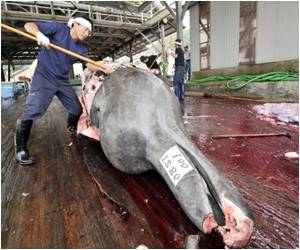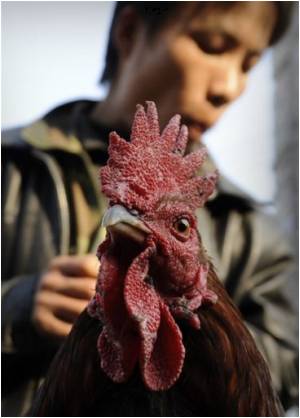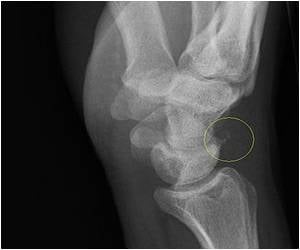Through the course of time, scientists have tried to explain why certain mammal families evolved to be very large, while others remained tiny.

Dr Evans, of the Monash School of Biological Sciences, said size impacts on all aspects of an animal's physiology and anatomy, and the roles it can play in ecosystems.
Following the extinction of the dinosaurs, mammals flourished and their size increased dramatically.
The study examined the maximum size of groups including whales, elephants, primates and rodents over this period to examine the constraints on size.
The researchers found that species that matured more quickly and produced a larger mass of young each year relative to body weight were able to evolve to a larger maximum size.
Further, they are likely to reach that size in fewer generations.
Advertisement
Dr Evans said whales were an excellent example of the theory.
Advertisement
Lead author of the study, Dr Jordan Okie from Arizona State University, said primates were at the opposite end of the spectrum.
"Primates have a low production rate and have evolved very slowly. They have never got bigger than about 500 kilograms," Dr Okie said.
The study also linked maximum size to mortality rate.
Because larger animals tend to breed less frequently than smaller animals, if the mortality rate doubles, the maximum size is predicted to be 16 times smaller.
The research is published in the journal Proceedings of the Royal Society B.
Source-ANI









